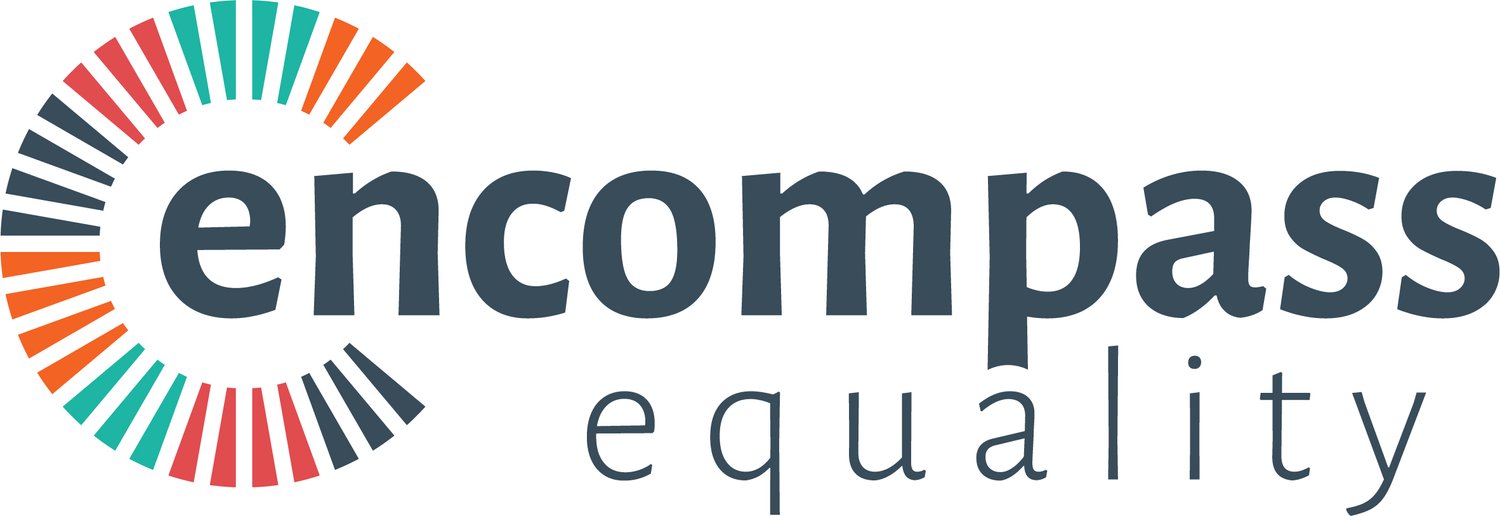The messy middle: Where inclusion comes unstuck
Our Head of Research, Edward Haigh, explores the role of leaders in creating an inclusive culture and how the real crucible of change - the managers in the middle of an organisation - can get overlooked.
The messy middle: Where inclusion comes unstuck
The role of leaders in creating an inclusive culture is something our research has hopefully served to underline. Without genuine commitment to inclusivity among those at the very top of an organisation, progress becomes difficult.
At the same time, the commitment of employees at the bottom of an organisation is widely acknowledged to be a big part of what drives inclusivity in the first place.
What’s curious is how many organisations struggle to build an inclusive culture despite both of these pre-conditions appearing to have been met. Setting aside the possibility that they haven’t actually been met (an important but separate discussion) the problem is often what happens in between the top and bottom of an organisation. It’s a problem we’ve heard a growing number of people talking about recently, to the point where the “messy middle” has become a regular feature of conversations at Encompass Equality HQ.
At the risk of disappointing readers, this is a topic that requires further research. For what it’s worth, the anecdotal evidence we’ve seen so far points to under-prioritisation. So much energy goes into firming up commitment at the top and rolling out initiatives at the bottom that the real crucible of change - the middle of an organisation - gets overlooked. And yet it’s here where inclusivity either thrives or dies. It’s here for example, that the balanced shortlists insisted on by those at the top and bottom actually come into effect; where the difficulty of achieving 50% against the backdrop of a critically understaffed team is truly understood. It’s here where the tenets of psychological safety are put to the test in the cut and thrust of everyday business life; where an environment in which everybody feels able to challenge is also understood to be an environment in which it’s harder to get decisions made. It’s here, bluntly, where the rubber hits the road on inclusivity.
So, what’s needed? Assuming our assessment of the situation is right, the first thing is to listen: to give managers in the middle of your organisation the chance to tell you how they experience the push towards a more inclusive culture and what challenges it creates for them. The next, obviously, is to act on what they tell you, being prepared to think carefully and holistically about what’s needed, even to the extent of delaying the roll-out of new initiatives until the conditions have been created in which they’ll thrive in practice, not just theory. And then there’s training: it’s not enough on its own for the reasons we’ve suggested above, but without it nothing will happen, and your middle will remain messy.
Women in Leadership: Strategies from FTSE 350 organisations leading the way
Our latest research ‘Women in Leadership: Strategies from FTSE 350 organisations leading the way’ reveals the practices, strategies, and leadership behaviours that have enabled a number of FTSE 350 organisations to make substantial progress in advancing female representation in leadership roles. Learn more and download the summary report here.

